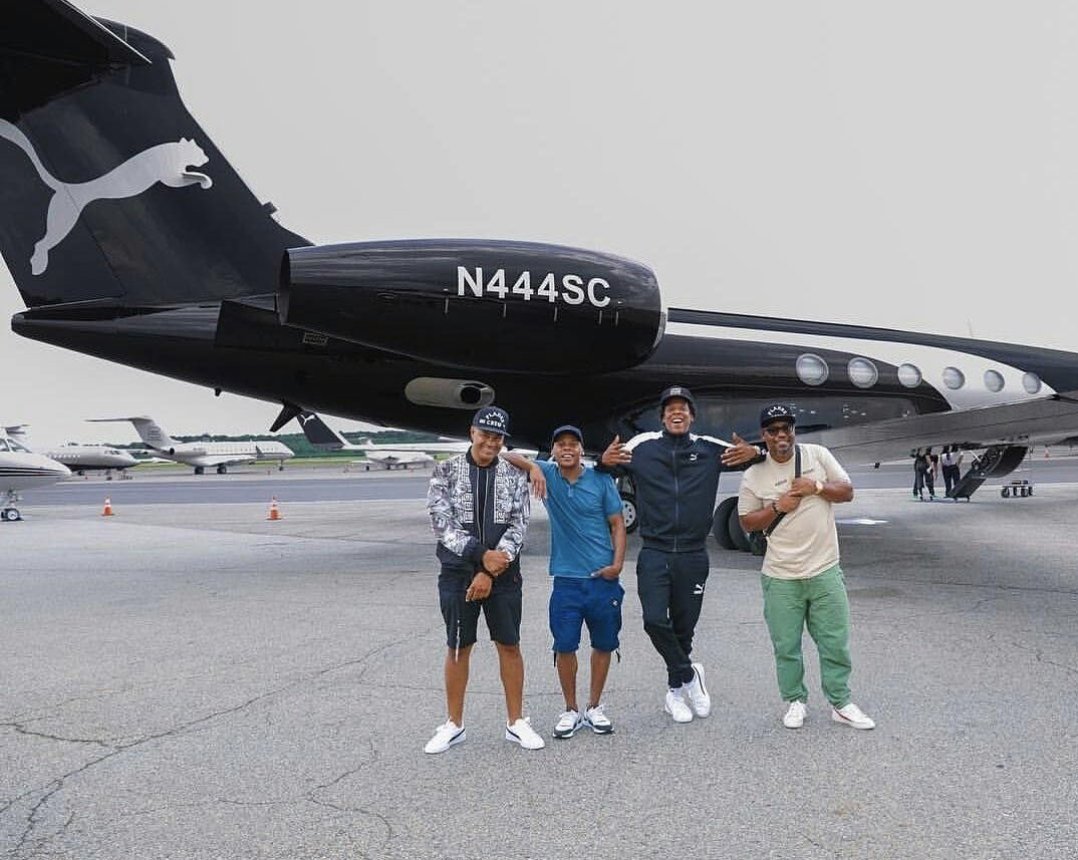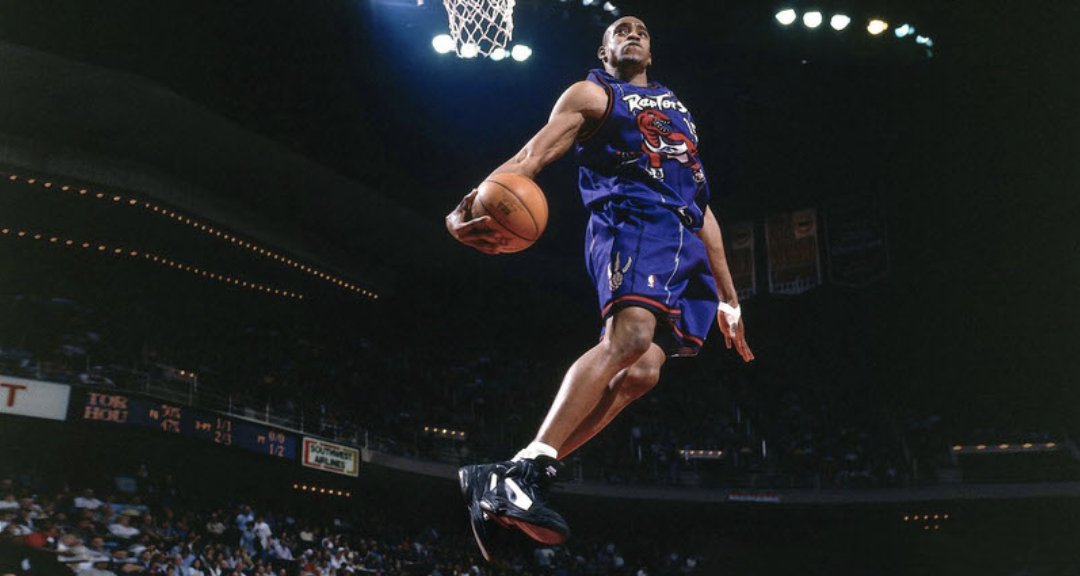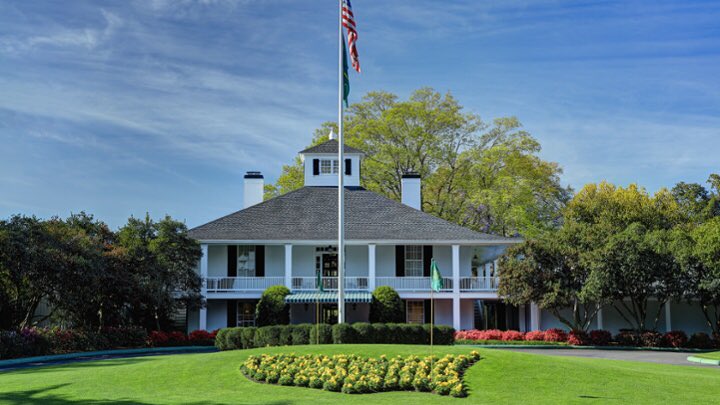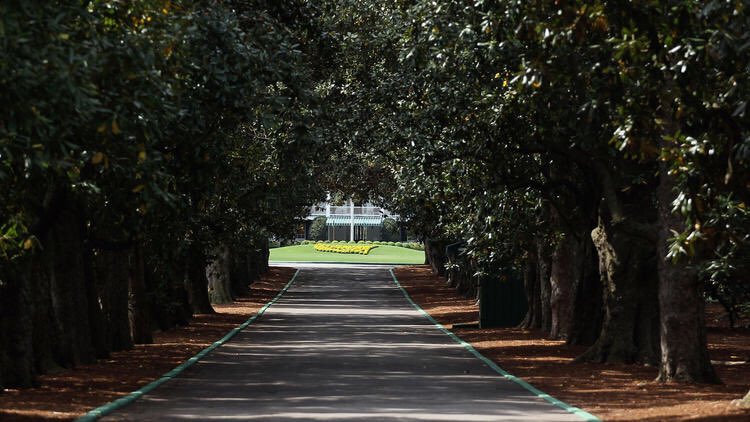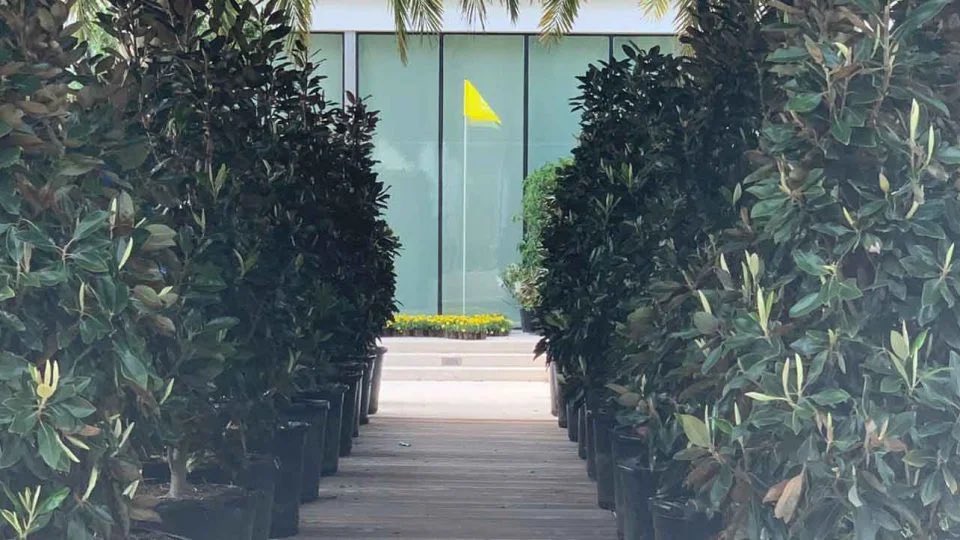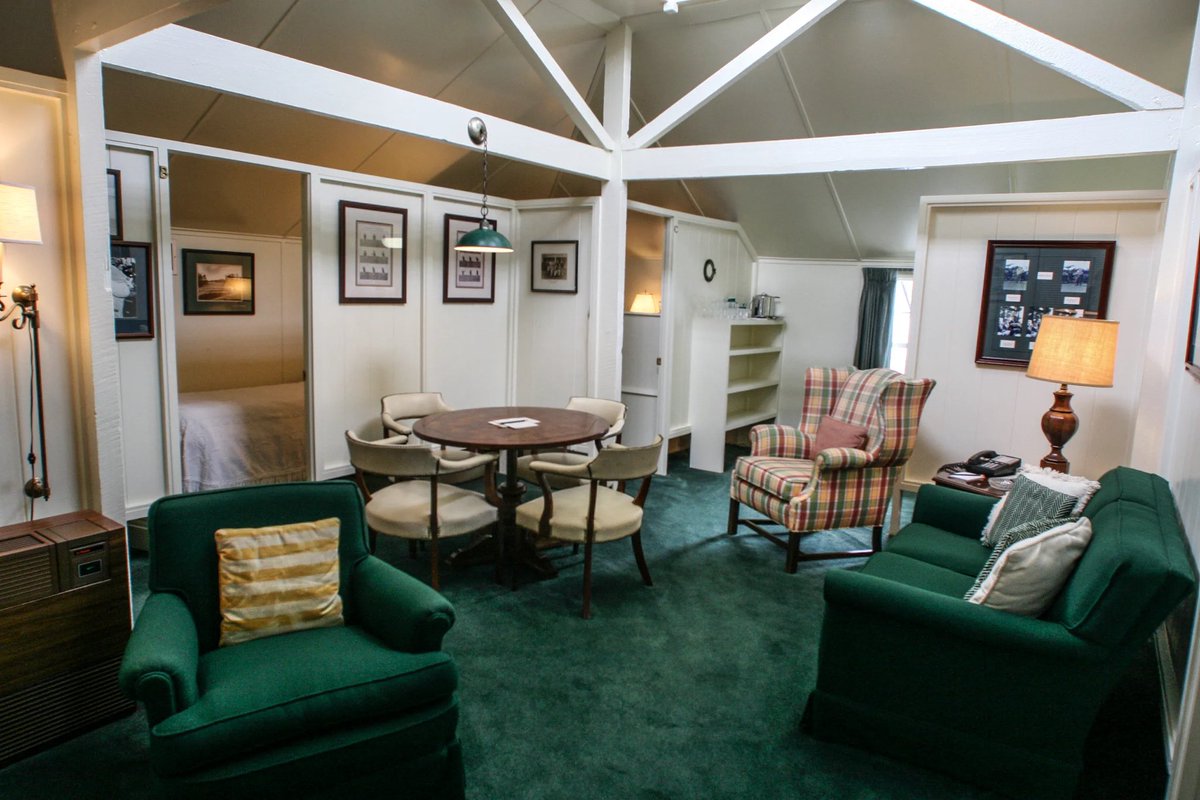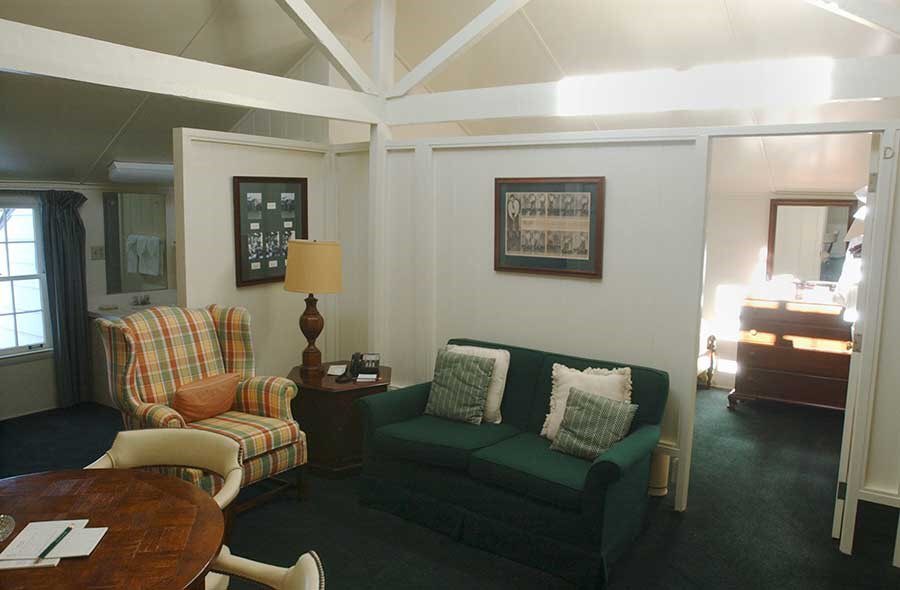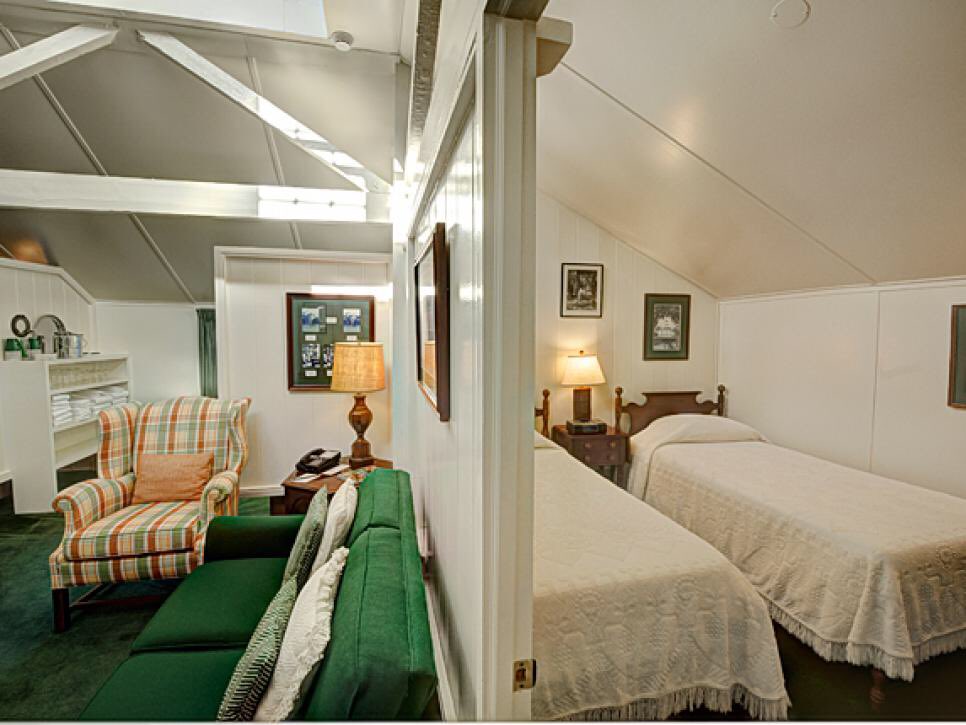
Two entrepreneurs turned a $10,000 investment into a $600 million company.
The best part?
They did it from their parents basement in just 5 years.
Time for a thread 👇👇👇
The best part?
They did it from their parents basement in just 5 years.
Time for a thread 👇👇👇

1) Peter Rahal, raised just outside of Chicago, struggled through school as a kid — eventually being diagnosed with dyslexia.
“School was hell for me, I grew up thinking I was stupid.”
Rahal turned to entrepreneurship — routinely buying & selling beanie babies & baseball cards.
“School was hell for me, I grew up thinking I was stupid.”
Rahal turned to entrepreneurship — routinely buying & selling beanie babies & baseball cards.

2) For Peter Rahal, those baseball cards eventually turned to marijuana — which he grew and sold on the flat roof of his parents house during high school.
Why?
“It wasn’t a pothead thing—it was a supply issue”
Next up — Wittenberg, a small liberal arts college in Ohio.
Why?
“It wasn’t a pothead thing—it was a supply issue”
Next up — Wittenberg, a small liberal arts college in Ohio.
3) After graduating college, Peter Rahal planned to enter the family business — a distributer of fruit and vegetables.
The was just one problem.
He wasn't welcome.
“It was nepotism and politics. There wasn’t a spot, because there’s only so much chairs, and there’s 3 siblings.”
The was just one problem.
He wasn't welcome.
“It was nepotism and politics. There wasn’t a spot, because there’s only so much chairs, and there’s 3 siblings.”
4) Rather than complain and waste time, Peter Rahal decided to start his own business — a local gourmet doughnut and coffee shop.
Due to what Rahal calls "bad timing," this business venture would fail before it ever really got started.
His next idea, would be much better.
Due to what Rahal calls "bad timing," this business venture would fail before it ever really got started.
His next idea, would be much better.
5) After shutting down his coffee shop, Peter Rahal had an idea — what if he made an energy bar from real food that was healthy?
RXBar was born.
Knowing his limitations, Rahal asked his childhood best friend Jared Smith to join.
“I knew I wouldn’t be able to do this on my own”
RXBar was born.
Knowing his limitations, Rahal asked his childhood best friend Jared Smith to join.
“I knew I wouldn’t be able to do this on my own”

6) In 2012, Peter Rahal and Jared Smith got to work — experimenting with recipes in Rahal's family kitchen.
Eventually, Rahal and Smith settled on a combination of egg whites as a protein source and dates as a binding ingredient.
Next up — the duo needed manufacturing capital.
Eventually, Rahal and Smith settled on a combination of egg whites as a protein source and dates as a binding ingredient.
Next up — the duo needed manufacturing capital.
7) Shortly after settling on an ingredient list, Peter Rahal approached his dad asking if he knew anyone that would invest to help with manufacturing.
His answer?
"You need to shut the f**k up and sell 1,000 bars"
Rahal says that "set the stage" for their entire brand.
His answer?
"You need to shut the f**k up and sell 1,000 bars"
Rahal says that "set the stage" for their entire brand.
8) After being told to kick rocks by his dad, Peter Rahal & Jared Smith doubled down.
They invested $5,000 each, built a kitchen in the basement, made a logo in powerpoint and started making RXBars.
The funniest part?
“My mom couldn’t put labels on straight, so I fired her.”
They invested $5,000 each, built a kitchen in the basement, made a logo in powerpoint and started making RXBars.
The funniest part?
“My mom couldn’t put labels on straight, so I fired her.”

9) For the next 2 years, Peter Rahal and Jared Smith worked 16-hour days baking, packaging and labeling thousands of RXBars each day.
When they weren't baking, they were selling — typically door-to-door at CrossFit gyms out of a tubeware container.
Even better, it worked…
When they weren't baking, they were selling — typically door-to-door at CrossFit gyms out of a tubeware container.
Even better, it worked…

10) A sales strategy based on Crossfit Gyms proved to be genius — as Whole Foods was crowded and no one was going directly to the source.
Within 9 months, Rahal and Smith sold $600,000 worth.
How'd they do it?
"Hustling" with "a diet of protein bars, coffee, and ibuprofen.”
Within 9 months, Rahal and Smith sold $600,000 worth.
How'd they do it?
"Hustling" with "a diet of protein bars, coffee, and ibuprofen.”

11) After seeing initial success, Peter Rahal and Jared Smith doubled down — setting up a commercial kitchen and scaling production.
Sales continued to grow—up to $2M—by utilizing e-commerce channels like Amazon.
Next up — retail, which meant embracing radical transparency.
Sales continued to grow—up to $2M—by utilizing e-commerce channels like Amazon.
Next up — retail, which meant embracing radical transparency.
12) In an attempt to attract retailers, Rahal and Smith decided to ditch their powerpoint logo — which had Rahal's cell-phone # on it.
Instead, they went with a clear & transparent logo — which had never been done before.
The results?
Sales exploded from $2M to $160M in 3-yrs.
Instead, they went with a clear & transparent logo — which had never been done before.
The results?
Sales exploded from $2M to $160M in 3-yrs.

13) With sales exploding to $160M in 2017, Peter Rahal & Jared Smith started looking for a strategic partner.
Later that year, Kellogg's agreed to acquire the brand for $600 million.
The best part?
Since they bootstrapped it, Rahal & Smith made hundreds of millions each.
Later that year, Kellogg's agreed to acquire the brand for $600 million.
The best part?
Since they bootstrapped it, Rahal & Smith made hundreds of millions each.
14) After overcoming dyslexia, bootstrapping a business to a $600M exit, and changing the food industry in the process, what does Peter Rahal credit his success to?
Adversity.
“I’ve seen people who haven’t had any adversity in their life, and they’re soft as baby shit.”
Adversity.
“I’ve seen people who haven’t had any adversity in their life, and they’re soft as baby shit.”

15) Peter Rahal and Jared Smith's entrepreneurship journey leaves us with a few lessons:
1. Nothing beats hard work
2. No risk, no reward
3. Own equity
4. Build products people want
5. Don't give up
Ultimately, there's nothing better than a great entrepreneurship story.
1. Nothing beats hard work
2. No risk, no reward
3. Own equity
4. Build products people want
5. Don't give up
Ultimately, there's nothing better than a great entrepreneurship story.
If you enjoyed this thread, you should:
1. Follow me, I tweet cool sports business stories everyday.
2. Subscribe to my free daily newsletter where I give detailed analysis on topics involving the money and business behind sports.
readhuddleup.com
1. Follow me, I tweet cool sports business stories everyday.
2. Subscribe to my free daily newsletter where I give detailed analysis on topics involving the money and business behind sports.
readhuddleup.com
Also, don't forget @AthleticBrewing is the reason I'm able to create sports business content full-time.
If you want to support me, buy some beer - it's really great stuff.
Use code "JOE25" for 25% off at athleticbrewing.com
If you want to support me, buy some beer - it's really great stuff.
Use code "JOE25" for 25% off at athleticbrewing.com
• • •
Missing some Tweet in this thread? You can try to
force a refresh

